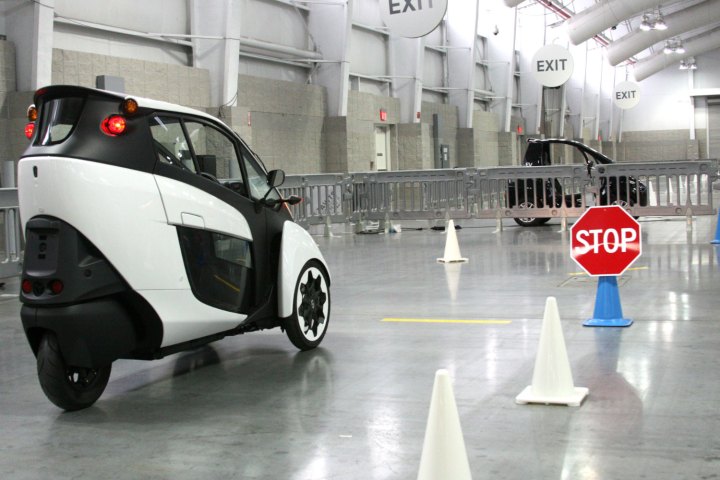
It’s an interesting twist in the ongoing push to make autonomous car technology the norm for future cars. Whereas many other companies seem to be attempting the outright replacement of human drivers, Toyota instead appears to be finding ways to help humans and machines work together. Under this new proposed system, the “guardian angel” would take over in dangerous situations, or make slight adjustments to help prevent tragedy.
“In the same way that antilock braking and emergency braking work, there is a virtual driver that is trying to make sure you don’t have an accident by temporarily taking control from you,” Gill Pratt, CEO of the Toyota Research Institute, told the MIT Technology Review. The Research Institute got its start last year with a $1 billion grant to help Toyota further its efforts in the realm of autonomous driving, artificial intelligence, and robotics.
Toyota’s new system isn’t without its own unique set of challenges, however. As the Review points out, the company will have to determine how best to create a complementary AI system that knows how and, more importantly, when to react. Testing is slated to begin in a “giant moving simulator” located near Japan’s Mt. Fuji. “Our plan is to see how humans will respond when the car temporarily takes control because it knows better,” Pratt says. “So far the steering wheel always points in the direction the wheels go; that’s always been true up until now.”
If the concept proves successful, it’ll be an interesting first step in the road towards self-driving cars. After all, first comes the guardian angel, then comes the omnipotent presence.

